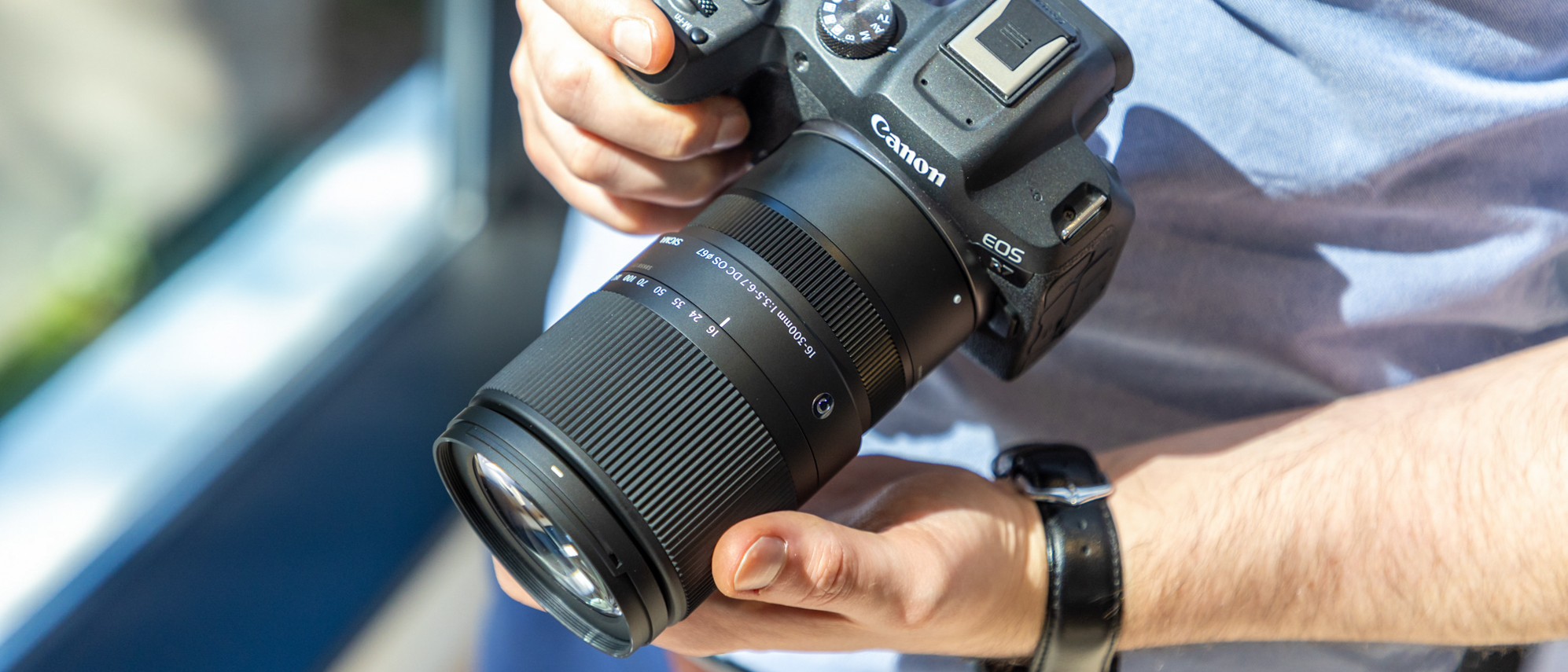iPhone 11 Pro ultra-wide camera review
Just how good is the first super-wide-angle camera to appear on an iPhone, and how often will you actually use it?
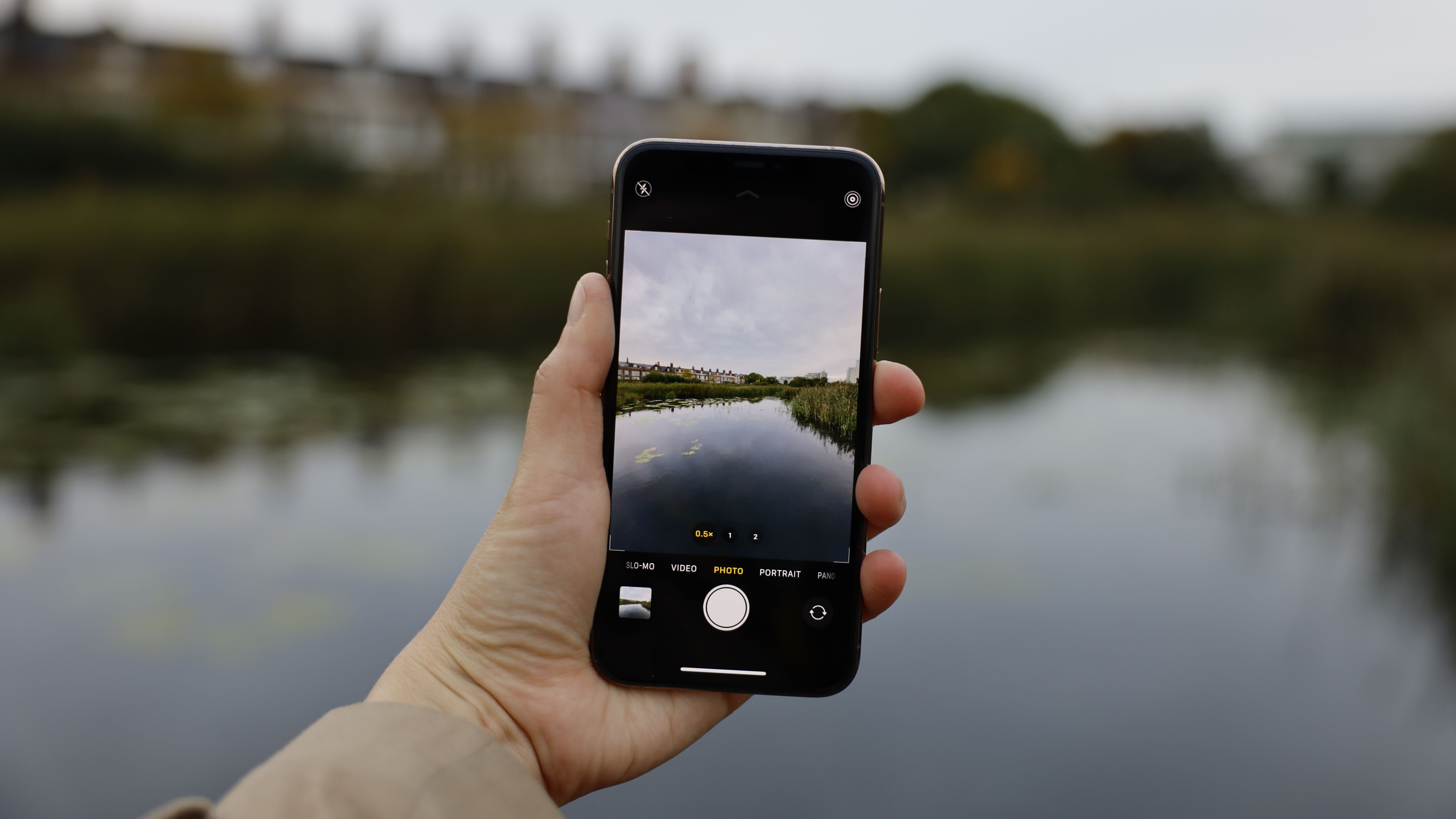
Super-wide-angle lenses have been a reasonably common feature on high-end smartphones for a couple of years, but this is the first on an Apple iPhone. Is it any good?
The new ultra-wide camera appears on the Apple iPhone 11, the iPhone 11 Pro and the iPhone 11 Pro Max, and it's a large part of the appeal of of Apple's latest camera phones to photographers. This is the first of a series of 'feature reviews' that take a closer look at the new features showcased in the iPhone 11 series, and how effective they actually are.
It's one of the reasons the new iPhone 11 jumps straight to the top of our list of the best iphones for photography (even though some of the older, cheaper models remain quite compelling).
Huawei started including ultra-wide options from the Mate 20 Pro onwards, also including one in the Huawei P30 Pro, and the most recently Mate 30 Pro. Similarly, Samsung included an ultra-wide lens in its flagship Samsung S10. They're not just in the best camera phones, either, as we've even seen them appearing in mid-range options such as the Honor 20 Pro.
As a brand which is often a little more conservative with its specs – waiting until there’s a proven market for it – Apple has only just included its own versions in both the iPhone 11 and the more expensive iPhone 11 Pro.
With an equivalent focal length of 13mm, it’s a '0.5x' camera for the main '1x' (26mm equivalent) camera, giving you a new perspective to shoot from. With only two lenses available for the cheaper model, Apple has clearly decided that iPhone 11 users would rather have the ultra-wide lens than the telephoto option – which shows how popular these kinds of optics have become in recent years.
But is the iPhone 11 ultra-wide camera any good?
Get the Digital Camera World Newsletter
The best camera deals, reviews, product advice, and unmissable photography news, direct to your inbox!
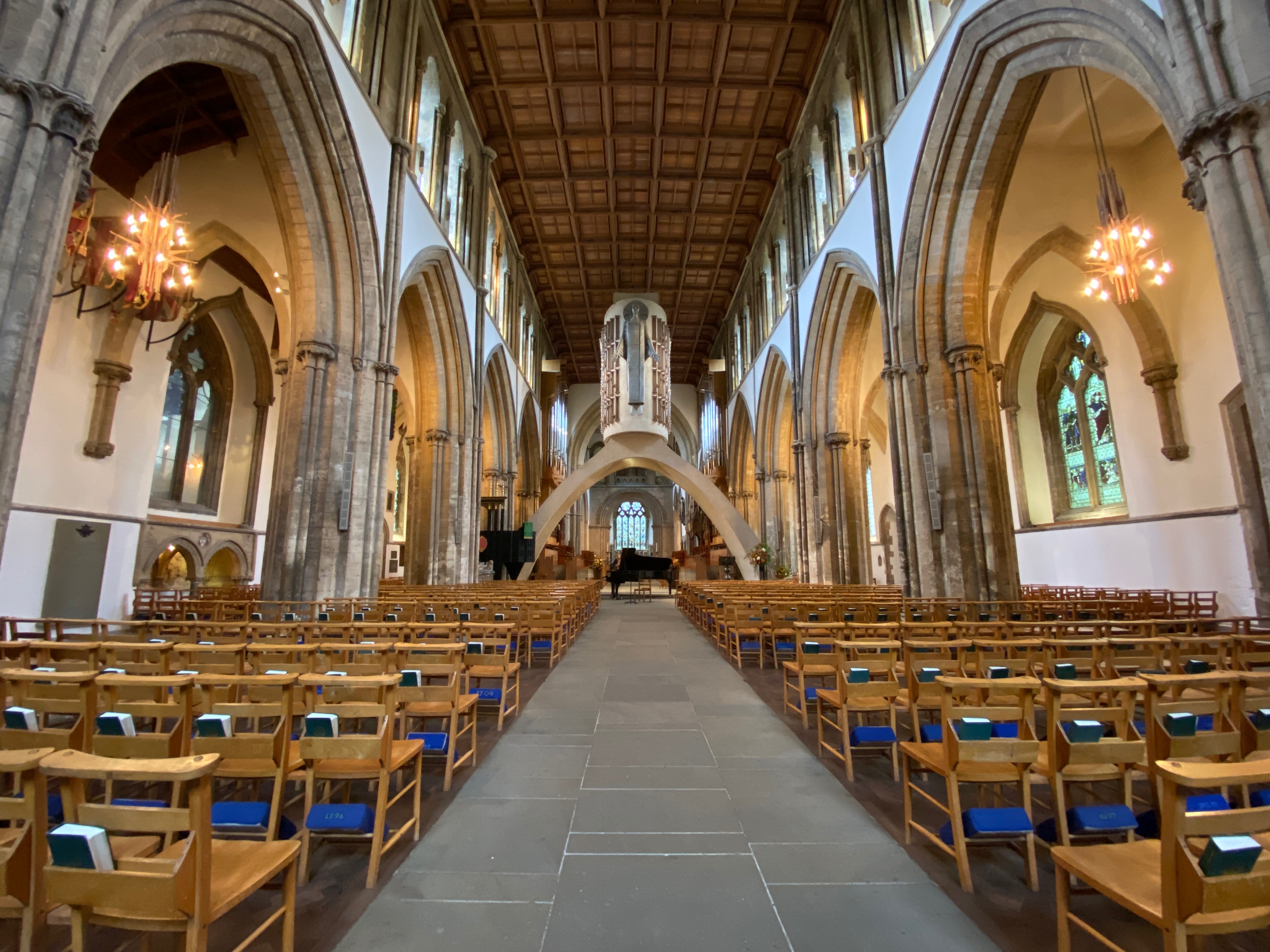
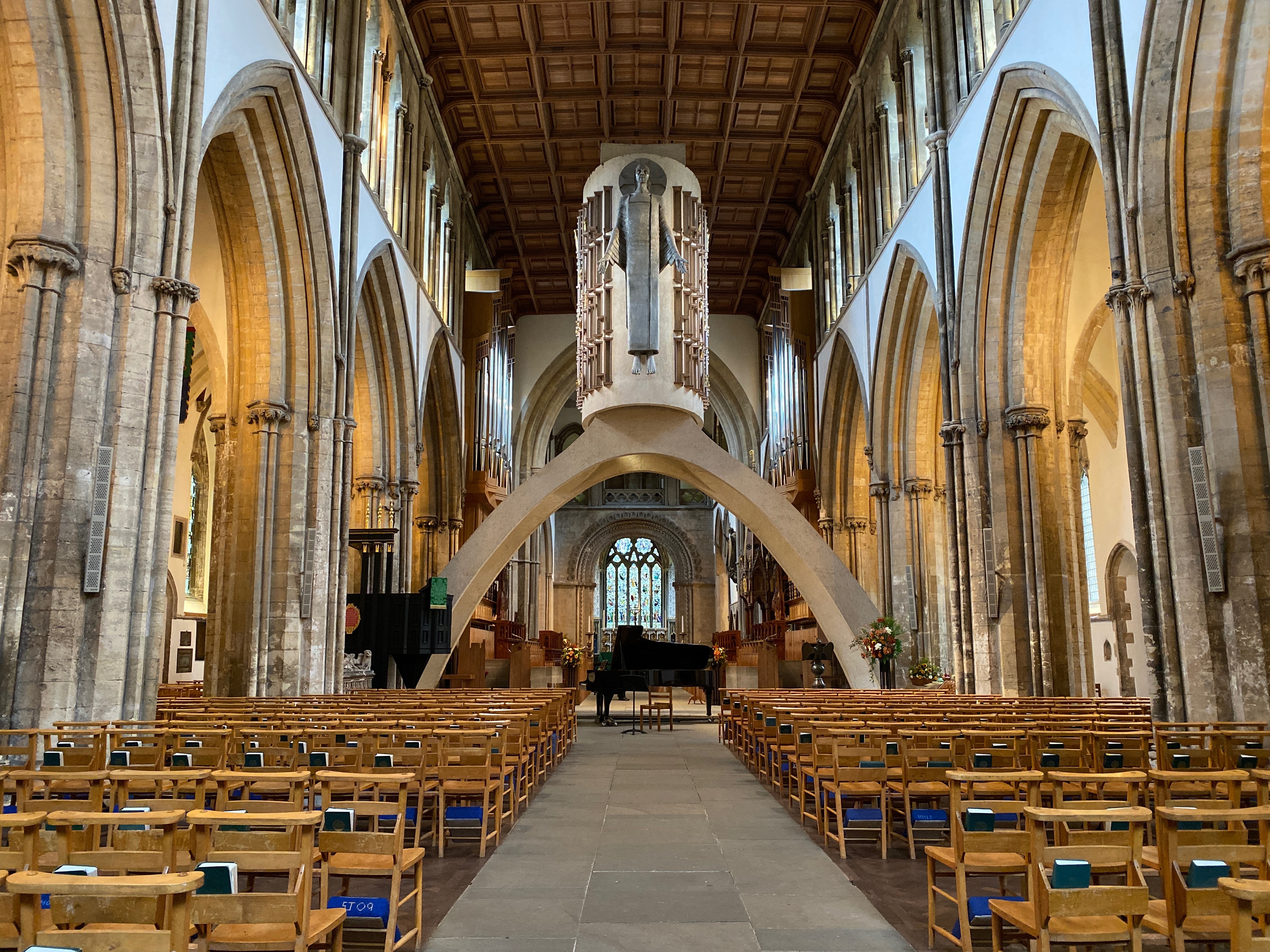
Ultra-wide vs telephoto cameras: which is most useful?
As someone who has used most of the flagship smartphones currently on the market, I’ve been waiting and hoping for Apple to bring an ultra-wide-angle lens to the iPhone. Everybody will be different, but personally I prefer it to a telephoto option since very often you can get closer to the subject, but you can’t really step back. An ultra-wide-angle lens is also not something which is easy to fake or reproduce digitally or with machine learning.
Having made a lot of use of the wide-angle options found on the Huawei P30 Pro and the Huawei Mate 20 Pro, I was hoping that Apple, being Apple, would implement its own, but do it even better.
After spending a few weeks with both the iPhone 11 and the iPhone 11 Pro, I’ve reached a few conclusions about the performance of the long-awaited wide-angle lens. While it’s not quite perfect, mainly due to usability, what I’m particularly impressed by is its quality, and – crucially – how closely it matches the other lens (or lenses on the iPhone 11 Pro) in terms of colour output and sharpness. Other smartphones with similar setups demonstrate varying colours between the different lenses, sometimes fairly wildly.
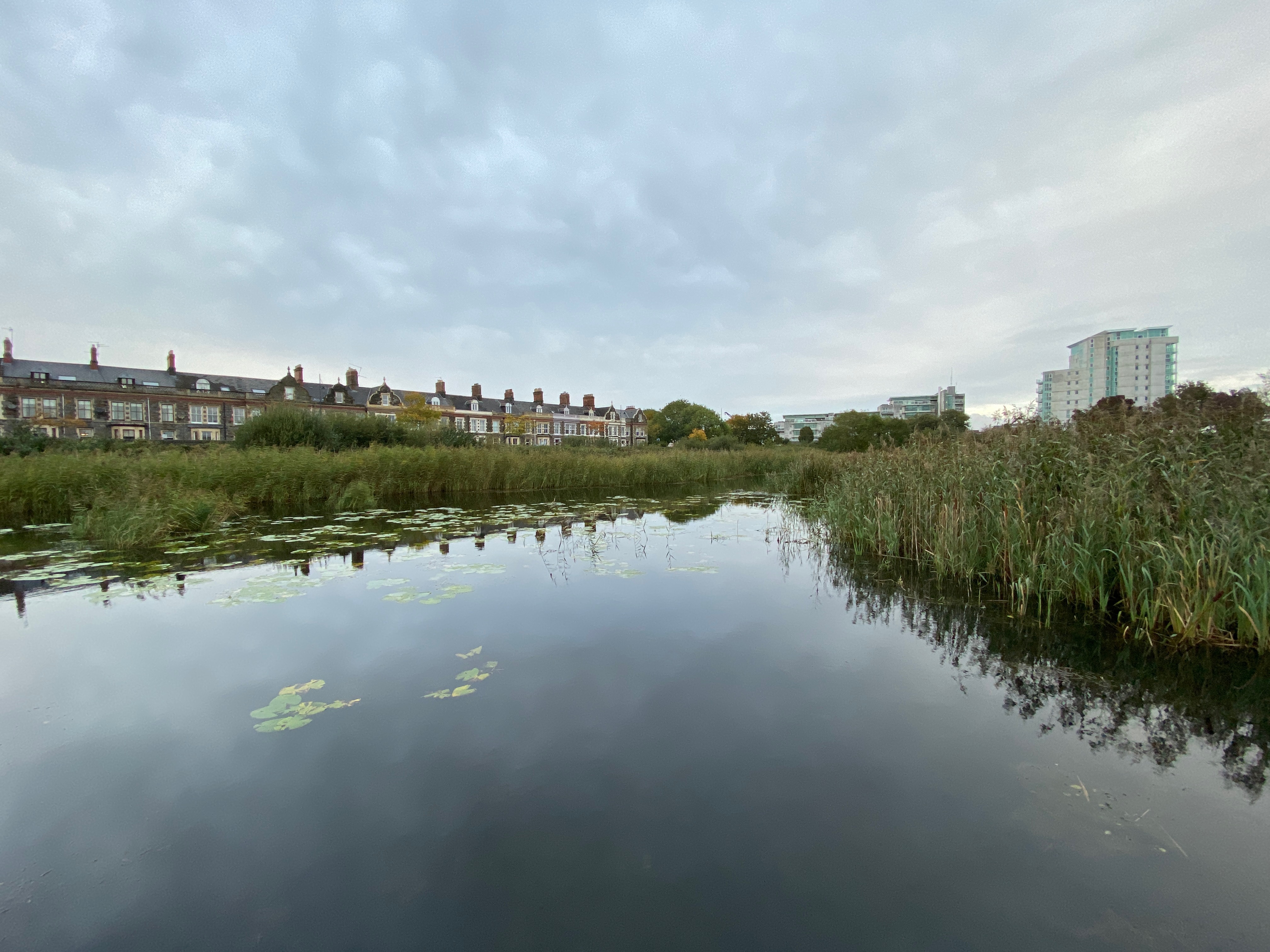
I would expect distortion from a lens as wide as this, particularly if you’re fairly close to the subject. Depending on the subject I’ve been shooting, distortion has sometimes been completely unnoticeable, while on other times, it’s been noticeably there, but it’s not been so hideous as to look ridiculous. Indeed, sometimes you can even play with the distortion for artistic effect.
On very close inspection on a computer screen, I can see that the corners of images taken with the ultra-wide lens are not as sharp as the corners of images taken with the standard lens. You’d be hard pushed to spot this softness on your phone screen, though, or if you’re sharing the images on social media. I’d suggest you probably wouldn’t even notice it too badly when printing out images up to around A4 size, either.
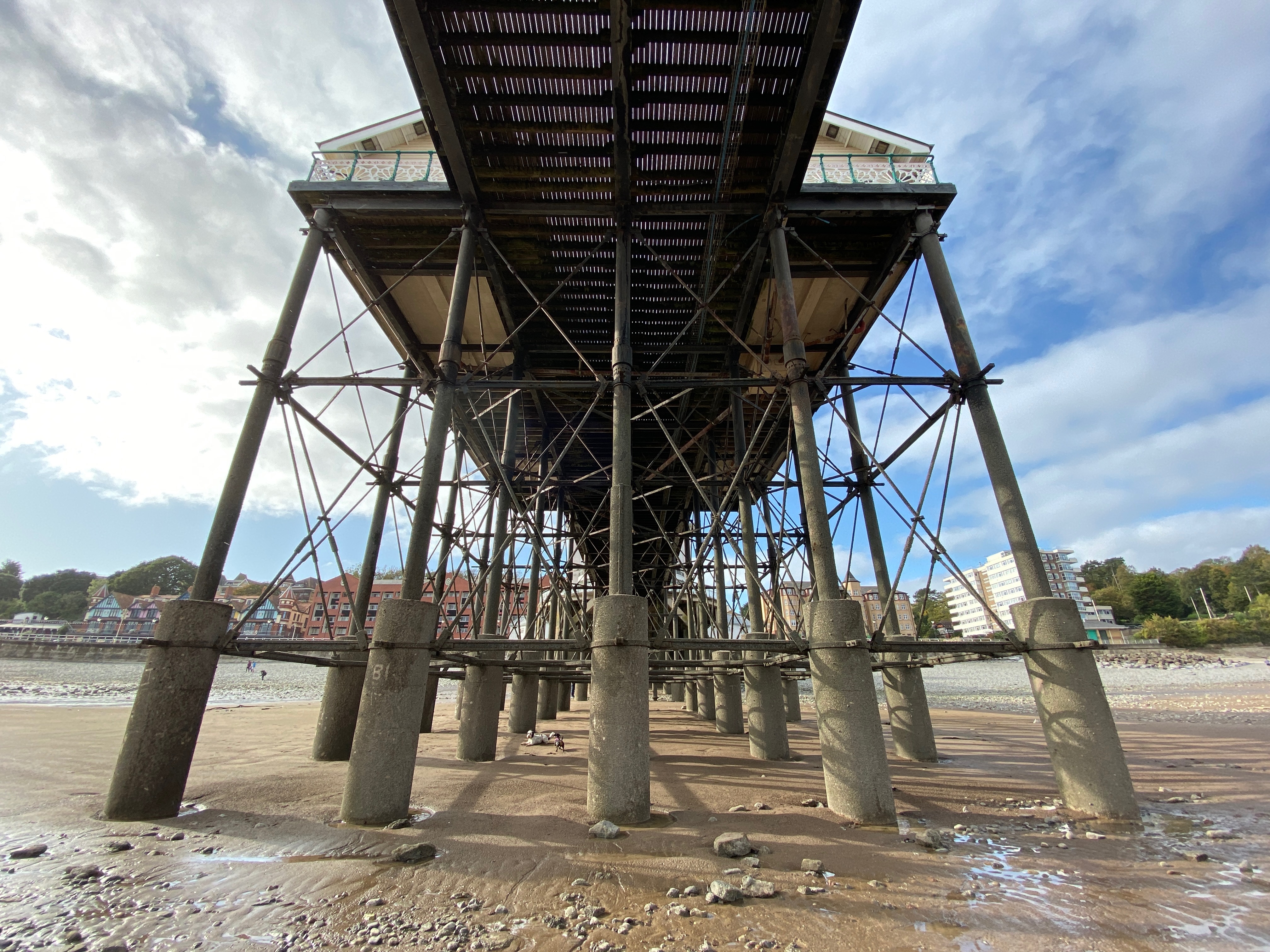
When to use the iPhone 11 ultra-wide-angle camera
If you’re a dedicated iPhone user, you might never have come across an ultra-wide-angle lens like this before. If that’s the case, you might not know which photographic situations are particularly well suited to it.
I’ve found it to be very useful for landscape and interior/architecture photography. Particularly with the latter, there is no scope to physically move backwards, so being able to get more of the scene in is a real bonus. You can also use it for a range of other subjects, including portraits to show the context of the sitter (but be careful about shooting a person close-up with a lens like this as you’re likely to introduce distortion), and pet photography, where the distortion might be part of the effect.
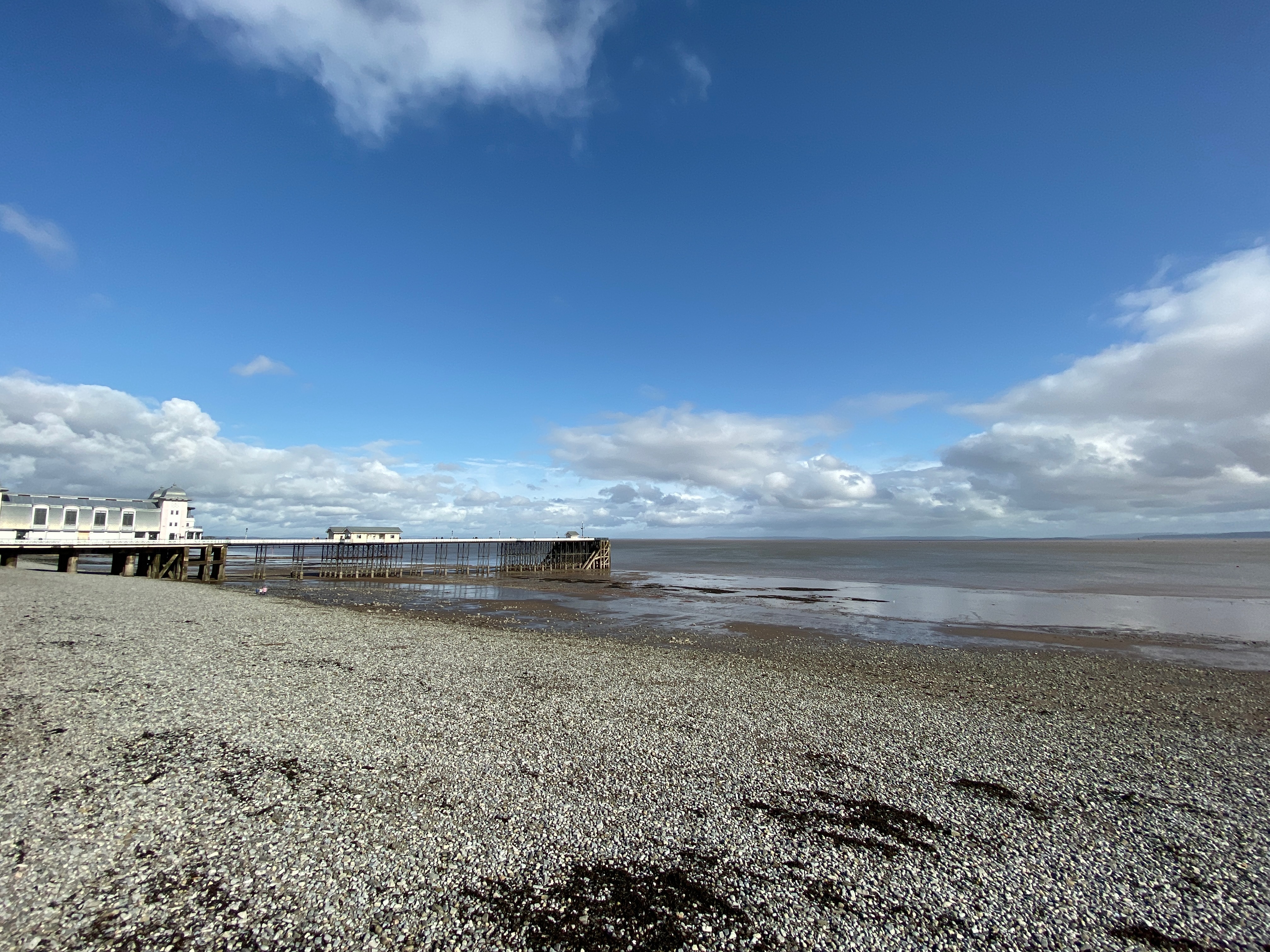
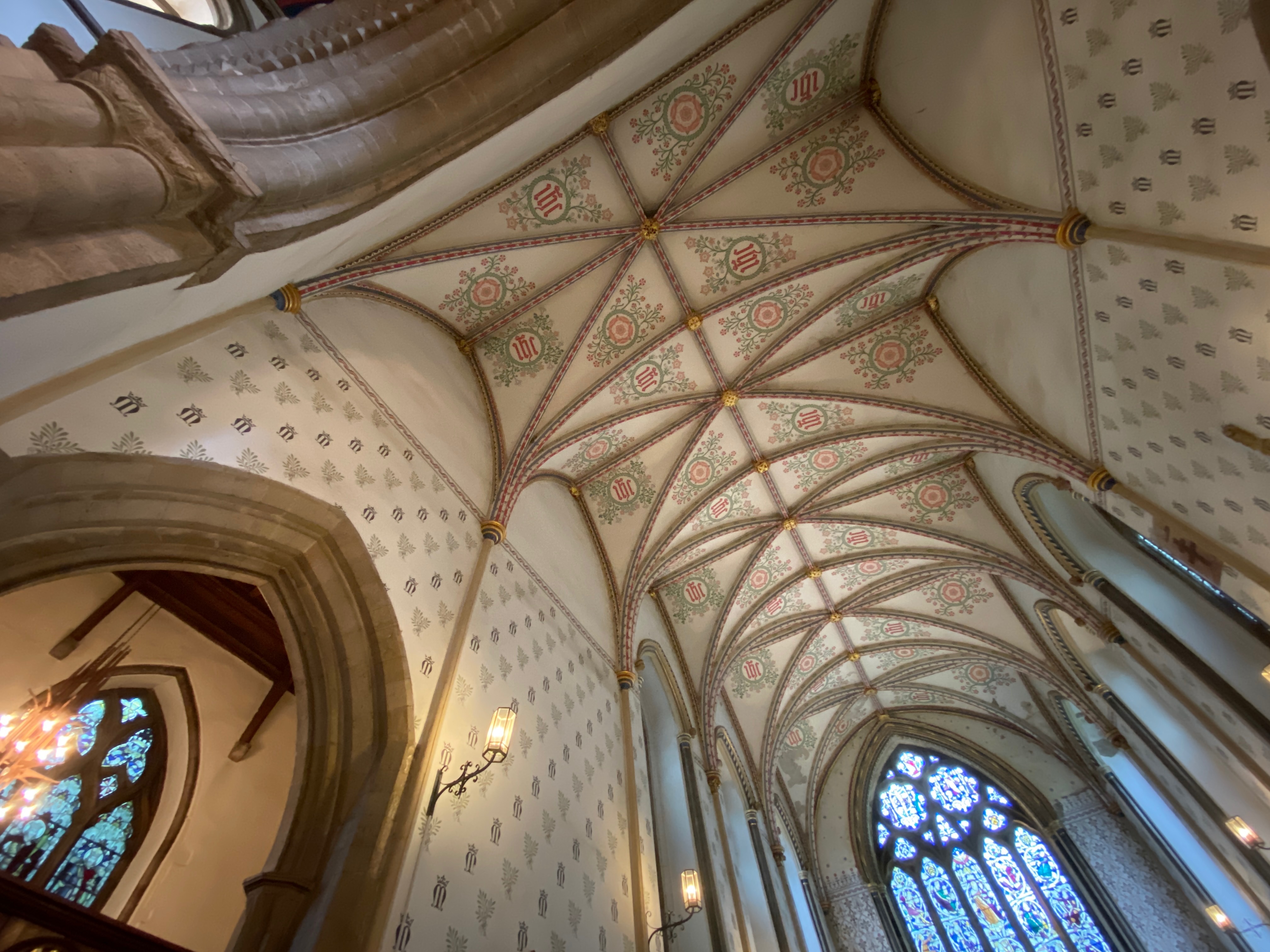
Disappointingly, the iPhone 11 and iPhone 11 Pro’s fantastic Night mode can’t be utilised when shooting with the ultra wide angle lens. That’s something that the Huawei P30 Pro offers, so it’s even more of a shame. There’s a chance that Apple will introduce this functionality with a software update, though - it’d be great to be able to shoot some high-quality ultra-wide nightscapes.
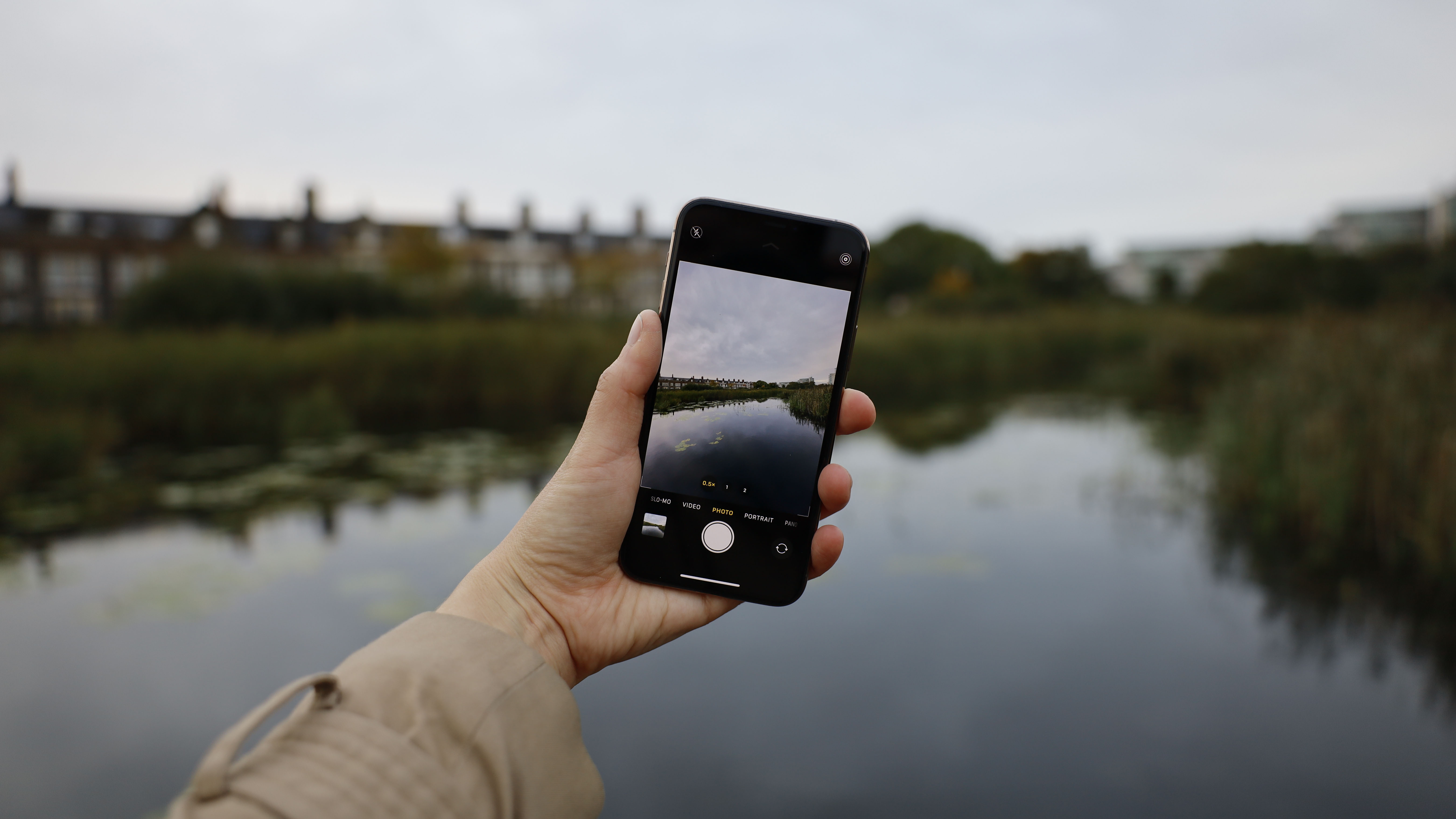
iPhone 11 ultra-wide lens: conclusion
All in all, equipping both the iPhone 11 and the iPhone 11 Pro with an ultra-wide-angle lens seems like a sensible and very appealing decision. It gives existing users a reason to upgrade, bringing them something new and interesting.
The best news is that the lens performs well, with a good level of sharpness, minimal loss of detail in the corners and good distortion control.
Read more:
• These are the best camera phones you can buy today
• Which is the best iPhone camera for photography?
• iPhone 11 Pro review
• iPhone 11 Pro Max review
Amy Davies has been writing about photography since 2009, and used to be a colleague on Digital Camera magazine and Techradar.com. She now works as a freelance journalist writing for nclude Amateur Photographer, Stuff, Wired, T3, Digital Photographer, Digital Camera World, TechRadar, Trusted Reviews, ePhotozine and Photography Blog. She has an undergraduate degree in journalism and a postgraduate diploma in magazine journalism, both from Cardiff Journalism School.

